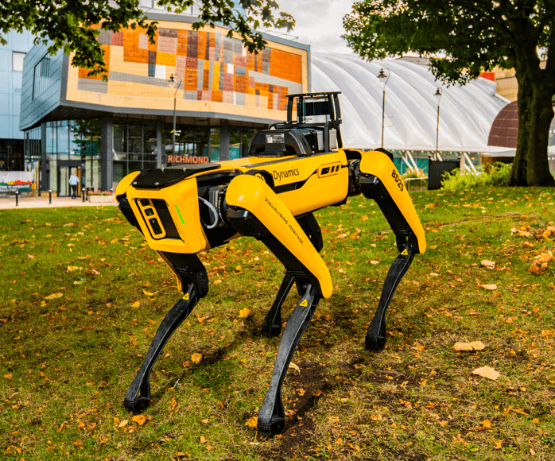School of Archaeology showcases multi-million pound tech, including robot dog
Dogs are well known for digging up bones, but the University of Bradford's new pet pooch will be sniffing out a whole lot more.

Dogs are well known for digging up bones, but the University of Bradford's new pet pooch will be sniffing out a whole lot more.
